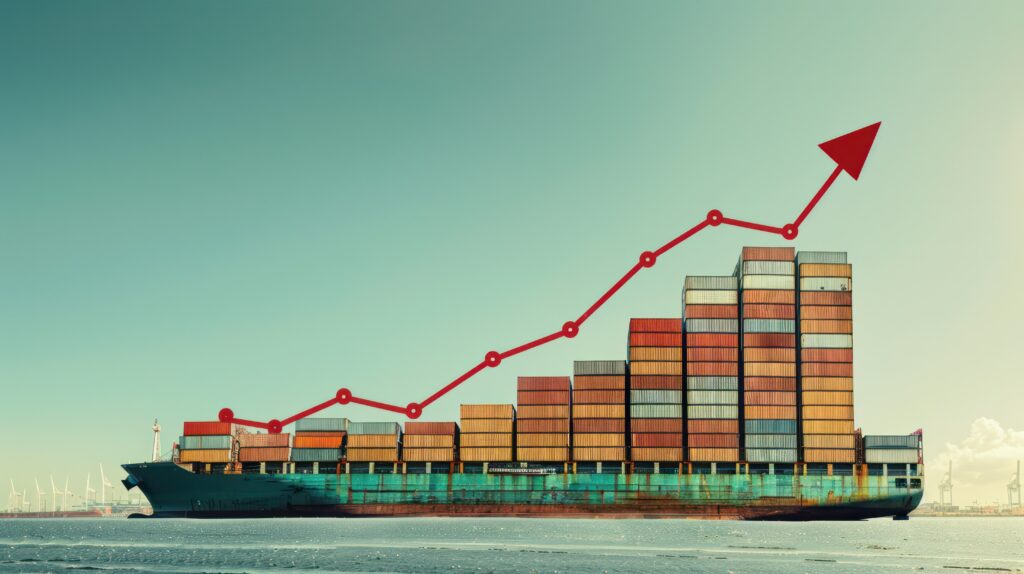Factors to Consider When Nearshoring

In recent years, the global trade landscape has been significantly influenced by tariffs imposed on Chinese imports. These tariffs, designed to address trade imbalances and protect domestic industries, have prompted many companies to reassess their manufacturing and supply chain strategies. For brands contemplating a shift from Chinese manufacturing to facilities in the United States or Latin America, understanding the mechanics and implications of these tariffs is crucial.
Understanding Tariffs on Chinese Imports
Tariffs are taxes levied by a government on imported goods. In the context of U.S.-China trade relations, these tariffs have been implemented to counteract what are perceived as unfair trade practices by China, including intellectual property theft and market access barriers. The U.S. has imposed tariffs on a wide range of Chinese products, with rates varying depending on the category of goods. For instance, as of May 2024, tariffs on electric vehicles imported from China were increased to 100%, while those on semiconductors were raised to 50% .
Impact on Businesses
The imposition of these tariffs has led to increased costs for companies relying on Chinese manufacturing. These additional expenses are often passed on to consumers, resulting in higher prices for goods. Moreover, the uncertainty surrounding trade policies has made long-term planning more challenging for businesses.
Considering Nearshoring as an Alternative
In response to these challenges, many companies are exploring nearshoring—relocating production closer to their primary markets. For U.S.-based brands, this often means shifting manufacturing to countries in Latin America or even back to the United States.
Factors to Consider When Shifting Production from China to Latin America
- Cost Implications: While labor costs in Latin America may be higher than in China, the reduction in tariffs and shipping expenses can offset these differences. Additionally, nearshoring can lead to shorter lead times and more flexible production schedules.
- Supply Chain Resilience: The COVID-19 pandemic highlighted vulnerabilities in global supply chains. By moving production closer to home, companies can reduce dependence on distant suppliers and enhance their ability to respond to market changes.
- Trade Agreements: Countries in Latin America often have favorable trade agreements with the U.S., such as the United States-Mexico-Canada Agreement (USMCA), which can provide tariff advantages and streamline regulatory compliance.
- Quality Control and Intellectual Property: Proximity allows for better oversight of manufacturing processes, ensuring higher quality standards and better protection of intellectual property.
Challenges of Nearshoring
Despite its advantages, nearshoring is not without challenges. Infrastructure in some Latin American countries may not match that of China, potentially leading to logistical hurdles. Additionally, the availability of skilled labor and the capacity of local suppliers can vary, affecting the scalability of operations.
Should Businesses Nearshore Production?
Having a “closer to home” option provides companies more stability when overseas options become complicated with delays or tariffs. The evolving trade policies and the imposition of tariffs on Chinese imports have compelled companies to rethink their manufacturing strategies. Nearshoring presents a viable alternative, offering benefits such as reduced tariffs, shorter supply chains, and enhanced control over production.
More blogs


